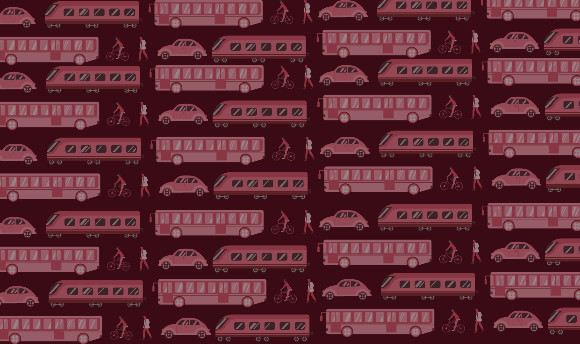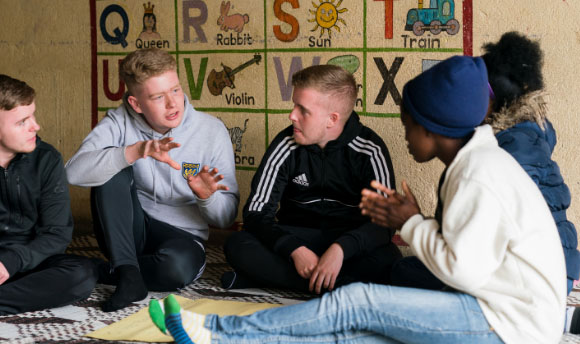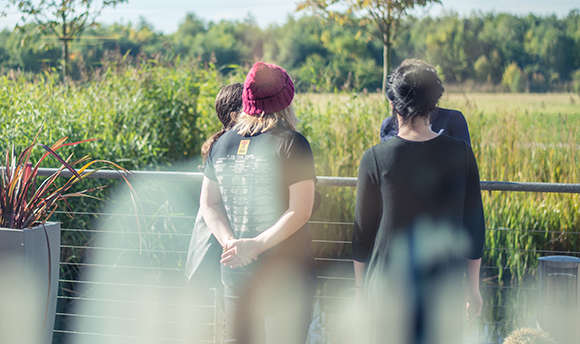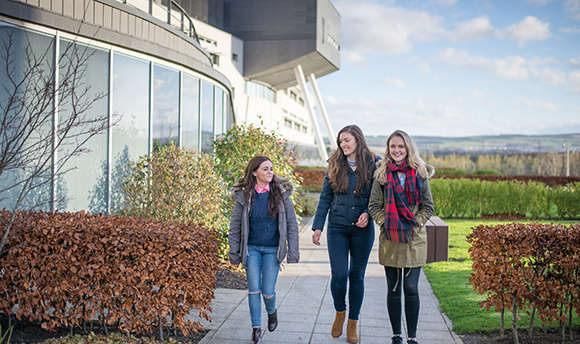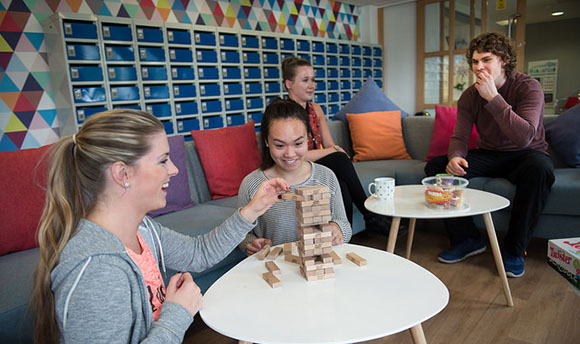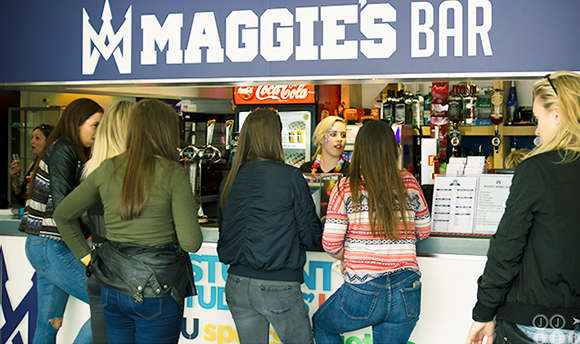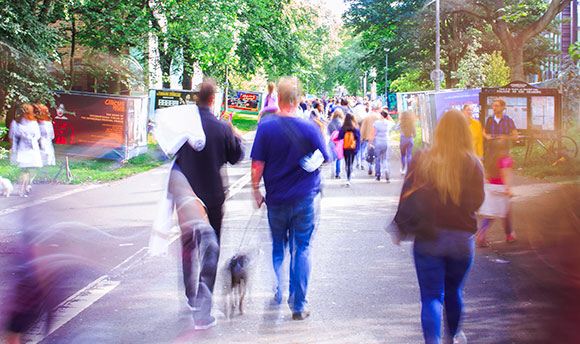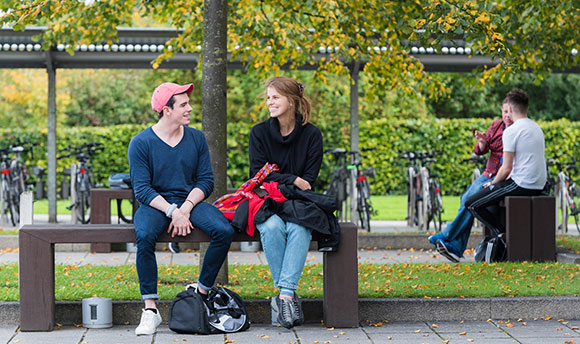Before work at QMU, I was a freelance artist, embedding myself in communities for extended periods of time and undertaking fun/bizarre projects where I 'kidnapped' city councillors; or climbed on buildings; or walked across Europe. It was a time in my life where every day was different, often in different places, and working with different people in different situations.
When I started to work at QMU, however, I was suddenly found myself in a very corporate environment. Things we formalised and formatted. Chairs were all the same colour. People dressed similar. I was suddenly in a very cerebral, intellectual space, and everyone seemed to be sitting at desks and wearing shirts and ties and nice shoes and all I wanted to do was climb on top of the desks. I remember thinking: What am I doing here? How do I belong? Where do I fit in?
Being a creative practitioner, with a methodology that is grounded in practice-research - and perhaps also being just a little bit literal - I took this question about “where do I fit?” to heart, and every morning, I would arrive early and literally try to ‘fit’ myself into the office spaces, literally jamming myself into cupboards, stretching across desks, balancing on tables. This process - while ridiculous - was helpful in providing space to think, and through this practice-research realised I was finding creative ways to explore my new context.
What emerged out of these activities was a recognition of just how different this office space was from traditional ‘arty’ activities, and how ‘limiting’ these spaces were to natural, human movement. Indeed, there is research about that such offices are often designed by facilities managers and largely influenced by cost and efficiency of space, rather than any insights about design, wellbeing, or productivity. These are particularly problematic spaces and so my little exercise about ‘how I fit in’ led to a bigger question about how such spaces and furniture might limit thinking, moving and well-being. I was curious as to how explore these “limitations of space” in a more nuanced way and in conversations with my friend and colleagues Christine Raffaelli, we developed a research project that would bring our expertise together to explore how open-plan offices spaces might impact our working lives - and our inner lives.
Christine, as a trained movement specialist and choreographer, was able to take the raw materials of my ‘fitting in’ experiments and expand these into broader work to reflect on these issues, a segment of which is presented below. This collaborative practice-research was new to us, as we had neither worked together before, and is an example of trans-disciplinary works-in-progress. This short 30 second clip below comes from a larger body of work we titled “Pratting About”.
The title “Pratting About” came from a humorous query from a colleague who had asked what we were doing jumping around the office in stockinged feet. Whilst what we were doing ostensibly did look like an odd way to use the office space, it was our way of drawing attention to what is often assumed to be the “the right and proper way” to be in a given work environment. In operating in such a limited way, however, it limits creativity, tangential thinking and clamps down on “seeing the world differently.” Instead we were drawing attention to a long lineage to critiquing structures of power - such as the panopticon of the Open Plan of Office - by subverting established processes and procedures in a playful way. As we know, play is a serious piece of nonsense and can be very useful in problem solving.
Whilst we are not suggesting everyone should do handstands on tables, we are suggesting that this exercise provides a useful way to reflect on these spaces and how we might find more productive spaces to be creative and address broader concerns about how we might enhance our working lives. Indeed, our ‘pratting about’ responds to broader philosophical theories such as Actor–Network Theory that suggests ideas, processes, or even objects such tables and chairs are agents that act in creating social situations, and can act upon inhibiting creativity.
